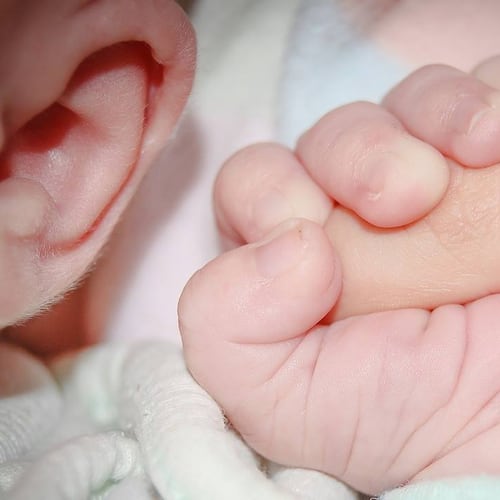As a nursing instructor at an historically black university, I’ve witnessed how my students suffer health and racial disparities, including food insecurity (many survive on food stamps), lack of housing (two of my students were homeless last year) and the huge mental health toll from the pandemic.
Many of these students, our future nurses, are essential workers simultaneously raising a family, somehow balancing demands from the classroom, the clinical setting and their homes.
The immense toll on my students’ physical and mental health is displayed in many ways.
In class, I’ve watched at the start of the spring semester as 10% of my junior students were infected with the COVID-19. Last semester, 43% of the senior class of 41 students rated their stress at a level of 3 or higher on a 0 to 5 scale (with 0 indicating no anxiety and 5 having the highest level of anxiety); close to 20% (8 students) rated at 5. They have been unable to keep back their tears in class and have reported increased use of medications for anxiety and depression. One student had a nursing co-worker who died from COVID two weeks ago. Another was recently hospitalized for complications of cystic fibrosis. On her first day back to clinical duties, she was informed that a colleague with whom she had worked closely was COVID-positive. In spite of this, my student was hesitant to go home because she felt she was so far behind with school work and clinical hours.
The picture of these nurses in training mirrors closely with nurses in practice. In a survey released this month by the North Carolina Nurses Association, nurses surveyed averaged 5.6 on a scale of 1 to 10 on their emotional and mental well-being (with 1 being no impact and 10 being ready to leave the profession). Some 11% rated at 10. Their narratives are heart-wrenching. One wrote: “In over 30 years of nursing, I have never been this stressed. I want to retire but can’t financially do it”; “We are drowning out here. Please, no more meditation or pizza parties. This is traumatic and abusive. We need real concrete help”.
Credit: contributed
Credit: contributed
When asked where my students went for help, few of my students had reliable sources of support. They did not have time to seek professional help such as counseling due to the high demand of schoolwork, or they distrusted professional mental health services due to a long legacy of racism in health care settings. Students also shared about cultural sources of shame and stigma, such as being told that they did not have strong enough faith or were not resilient enough if they expressed mental health issues, as in, “We have overcome slavery, we should be able to overcome anything.”
To decrease stigma so that students can feel free to talk about their mental health challenges and get help, we need to continue creating safe spaces for students to share. Toward this goal, we have implemented a variety of initiatives, including a peer support program, Mental Health First Aid (MHFA) training, student-led webinars that featured personal testimonials about mental illness, a series of public service announcements’ about mental health for students and a documentary screening and Q&A with mental health experts.
As a result of these initiatives, students have started to openly discuss mental illness, bond with peer mentors and have felt more supported.
To be sure, it is not that our students are fragile or weak. I have taught in five universities in three states these past two decades. HBCU students are among the strongest and most-resilient individuals I know. They have overcome indescribable challenges in order to remain in school and pursue their passions. The issue is that our community and society need to better support them.
In September 2021, the American Nurses Association (ANA) urged the U.S. Department of Health and Human Services to declare the nursing staff shortage a national crisis. As health care continues to lose nurses at an historic rate due to the physical, mental and moral strains of delivering medical care during the pandemic, it is imperative that we invest in the pipeline of future nurses, especially future nurses of color.
The news is full of evidence for racial disparities, particularly in mental health. The tragic loss of Ms. Cheslie Kryst, a lawyer and former Miss USA, to suicide is a cruel reminder of how suicide deeply affects people of color.
We must take actions to help nurses and invest in the future nurses on whom we depend for our own health and well-being. It is everyone’s responsibility and our health care depends on the largest workforce of health care - the nursing workforce.
The worst of the COVID pandemic might be behind us, but we must not leave our future nurses behind.
Jian “Lily” Chen is a lecturer at North Carolina Central University’s Department of Nursing. She is a Robert Wood Johnson Foundation clinical scholar fellow and project director for United Chinese Americans’ UCA WAVES (Wellness, Advocacy, Voices, Education, and Support) -- a youth mental health collaborative. She lives in Cary, North Carolina, with her family.
About the Author
Keep Reading
The Latest
Featured


